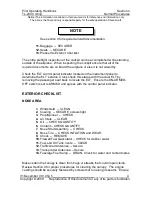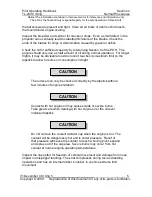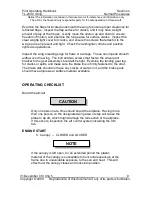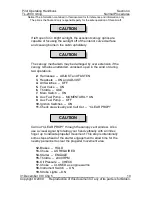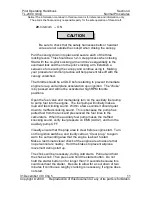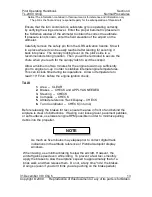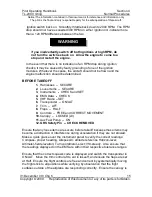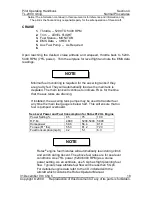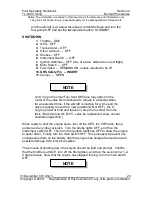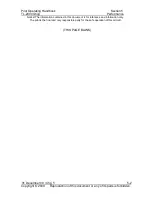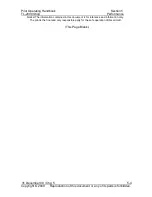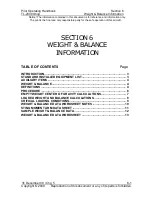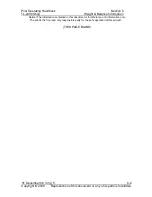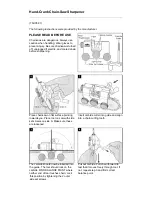
Pilot Operating Handbook
Section 4
TL-2000
Sting
Normal Procedures
Notice! The information contained in this document is for reference and information only.
The pilot is the final and only responsible party for the safe operation of this aircraft.
31 December 09 / Chg 5_____________________________________________15
Copyright © 2009 Reproduction of this document or any of its parts is forbidden.
ignition switch back on. Smoothly throttle back down to 2000 RPM. The RPM
drop should not have exceeded 300 RPM on either ignition nor indicate more
than a 120 RPM difference between the two.
I
f you inadvertently switch off both ignitions at high RPM, do
not turn the switches back on. Allow the engine to come to a
stop and restart the engine.
In the event that there is no indication of an RPM drop during ignition
checks, it may be caused by faulty grounding of one of the ignition
modules. Whatever the cause, the aircraft should not be flown and the
engine malfunction should be determined.
BEFORE TAKEOFF
1.
Harnesses -- SECURE
2.
Loose Items -- SECURE
3.
Instruments -- CHECK and SET
4.
EMS Data -- CHECK
5.
VHF Radio -- SET
6.
Transponder -- ON/ALT
7.
Trim -- AFT
8.
Flaps -- HALF
9.
Controls -- FREE and CORRECT MOVEMENT
10.
Canopy -- LOCKED (x3)
11.
Aux Fuel Pump -- ON
12. GRS Safety Pin --
CHECK REMOVED
Ensure that any loose items are secure before takeoff because these items may
become a distraction or interference during acceleration if they are not stowed.
Make a quick glance over the instrument panel to verify the correct readings:
Compass- proper heading, Airspeed-0; attitude reference Horizon-level;
Altimeter-field elevation; Turn coordinator-erect; VSI-steady. Also ensure that
the readings displayed on the EMS are within their respective tolerance ranges.
Ensure that the correct squawk code is displayed and switch the transponder to
ON/ALT. Move the trim control aft to aid in takeoff, and ensure the flaps are set
at Half. Ensure the flight controls are free and correct by systematically moving
the flight stick to all positions while verifying by observation that the flight
surfaces outside of the airplane are responding correctly. Ensure the canopy is
WARNING




